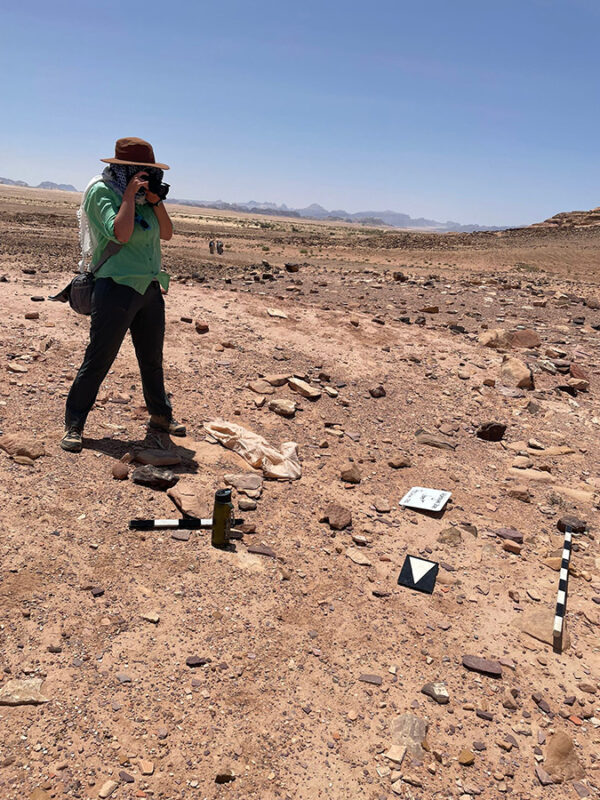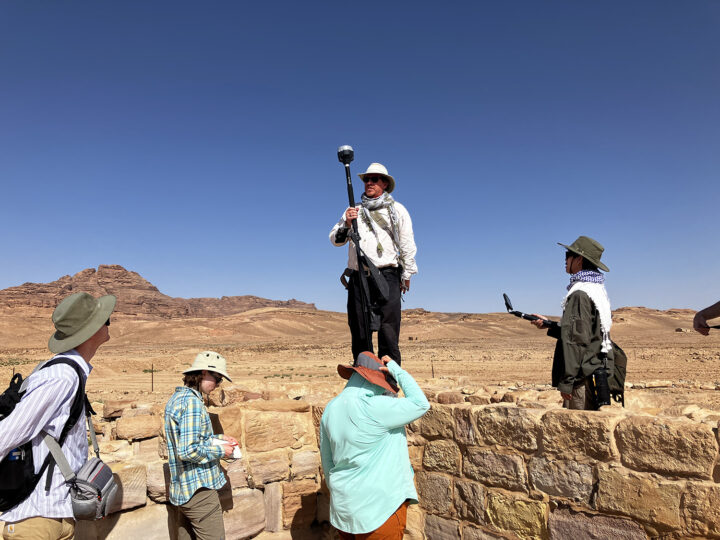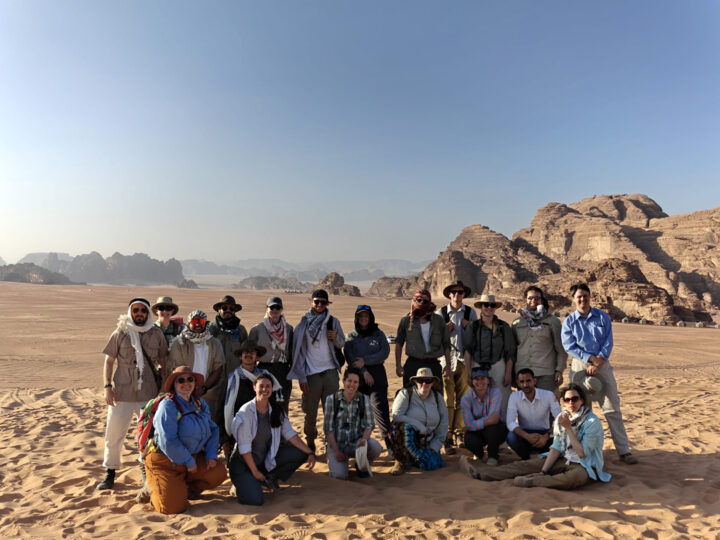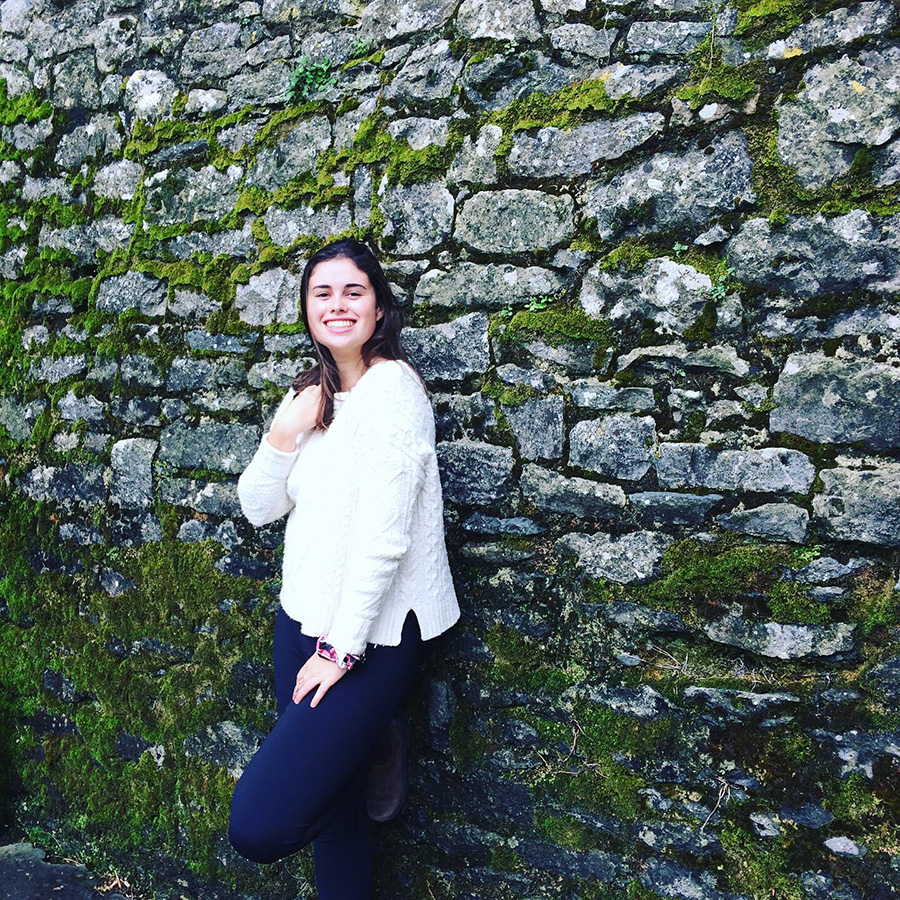by Rachel Carroll

Prior to this field school, my only archaeological experience and exposure came from classes I had taken at the University of Alberta, volunteer work I had done with one of my professors, and travels I had taken with my family. Never once had I stepped foot on a site intending to contribute to its archaeological knowledge—until now. After spending three weeks at the Humayma Archaeological Field School in Jordan under the supervision of Prof. Craig A. Harvey, I have become better equipped to understand the nuanced processes and work involved in modern archaeology. This is especially true for instances in which archaeological surveying unexpectedly uncovers discoveries which require adjustments to the work. Through my time spent at the American Center of Research (ACOR) and at the archaeological site of Humayma, I developed valuable skills in photography, photogrammetry, and writing site reports. These “hard” skills were complemented by the “soft” skills I also cultivated during my time in Jordan. These included establishing positive relationships with the Bedouin people and the Jordanian Department of Antiquities to help protect the site of al-Humayma against looting. All in all, my time spent under the Jordanian sun was both mentally and physically stimulating, and I could not have asked for a better first experience at an archaeological field school.
Before going into the field, I spent a week at ACOR, examining materials found at al-Humayma from previous seasons, which contributed tremendously to my ability to both understand the site and work meaningfully at it. From late Nabataean fine ware to African red slip, and from stone cooking ware to terracotta pipes, it was through these materials and lectures (both formal and informal) that I gained a greater understanding of the site’s history and the artifacts found there. I am a very hands-on person, and I tend to retain information much better when I can see, hold, and feel in real time what it is I am learning about. If it were not for the lessons on these materials, I would not have had the ability to examine objects at al-Humayma so easily and discern a cup base from a perfume bottle rim—a skill I had no idea I could hone in just two weeks!

My fond experiences examining the material artifacts also extended to photography and photogrammetry. As Matthew Vincent, project director at ACOR, would often say, “The future of archaeology is in 3D modules.” Through him, I learned about real-time kinematic positioning (RTK), how to use it in the field to improve the accuracy of data from global navigation satellite systems used in surveys, and the important role it plays in creating 3D models of a site. With the field school’s MA student, Josh Feland, I learned about RealityScan and how to do photogrammetry, from small artifacts to large complexes. I was able to later apply these skills in the field, helping Sophie Tews, one of the field school’s supervisors, with the RTK positioning of a monumental tomb structure and an unknown “latrine” structure, which was used to help with photogrammetry of those features. It is incredible to see just how technology has improved our ability to do archaeological work, both in surveying and excavations. These are skills I will continue to refine and use. As I reflect on my three weeks in Jordan, I see that my biggest accomplishments, without a doubt, are developing my photographic techniques, learning how to use software for 3D scanning and modelling, and honing my ability to assess a site and take in-depth notes. Although I had some prior experience with photography and 3D scanning, I was able to learn more about the techniques involved.
Before the field school, I would not have known the importance of shooting photos in aperture mode for photogrammetry or the proper way to take site photographs to use as references for future surveying and excavation. As well, I found that, by the end of the last week, I was able to create in-depth notes which accurately identified and captured key features and aspects of the sites and complexes I worked on. As I continue my education and work as a field archaeologist in CRM, I see these skills becoming invaluable for helping determine whether an area is an archaeological site and quickly assessing specific elements of said site, whether it was a religious complex, a burial feature, or simply a midden/garbage dumping ground. Most especially, my ability to do all of this on my own with little to no supervision — to have my director feel confident in my ability to be unsupervised and produce good work — has been the most profound accomplishment for me. This field school has set me up for success for a future in archaeology by providing me invaluable experience working hands-on with materials, applying theory from class and volunteer work in a practical way, and, most especially, helping confirm that archaeology, with a specialization in heritage management, is the career I see myself pursuing wholeheartedly


Rachel Carroll, Jennifer C. Groot Memorial Fellow (2025-2026), is a fourth-year Combined Honors Undergraduate student at the University of Alberta who is also completing academic certificates in Archaeology and International Learning. Her focus throughout her degree has been on researching how people form and reinforce identities through cultural practices during turbulent and transitional periods.